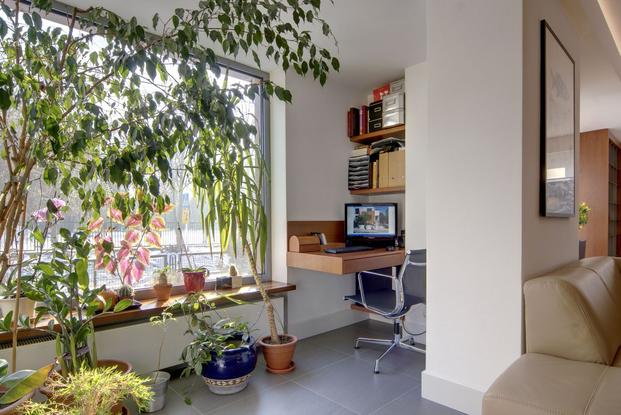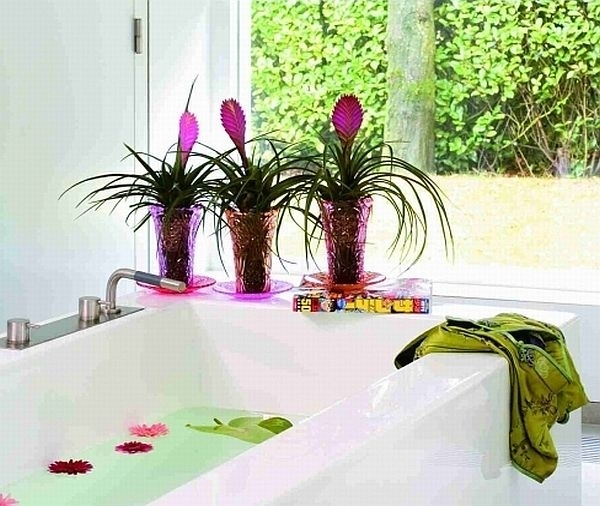 The different daylight requirements of the various types of plants must be largely taken into account when installing them in our rooms. The position of the window in relation to the cardinal direction plays an important role here, since the solar radiation on a south-facing window in summer z. B. too intense for most houseplants, on a north-facing window in winter, on the other hand, is too low for healthy growth of the plants.
The different daylight requirements of the various types of plants must be largely taken into account when installing them in our rooms. The position of the window in relation to the cardinal direction plays an important role here, since the solar radiation on a south-facing window in summer z. B. too intense for most houseplants, on a north-facing window in winter, on the other hand, is too low for healthy growth of the plants.
While in the tropics the length of the day is always the same, the tropical day in summer as in winter 12 hours, there are considerable differences in the duration of natural exposure and also in the light intensity in the different seasons. This is how it is in Central Europe on the shortest day of the year 7 hours of brightness, during the longest day between sunrise and sunset 17 hours lie. Sufficient exposure to light during the dark winter months is therefore particularly important for all of our indoor plants. We must therefore try, the minimum amount of light energy required by our indoor plants for photosynthesis
possibility to secure. This leads during the dark months (from November to February) an additional exposure using fluorescent lamps to considerable success. Such an additional, Artificial lighting not only replaces the lack of sunlight and has a positive effect on plant growth, but at the same time increases the ornamental effect of the plants, if the installation is in harmony with the interior design of the room.
In addition to the importance of sufficient light for assimilation, the duration of daily exposure to light also influences the flowering of many plant species. The periodic alternation of light and darkness plays a role here. The dependency of the flower formation of the plants on the duration of the daily exposure to light is referred to as "photoperiodism". (from phos, Greek photos. = light and periodos Greek. = regular recurrence).
Depending on the behavior of the plants towards different day lengths, a distinction is made between "short-day plants"., those with a daylight length of less than 12 hours to flower, and "long-day plants", with a daily light exposure of more than 12 hours to transition from the vegetative to the generative phase. The "day-neutral plants" are independent of the periodic exposure to light and darkness. A very large proportion of our ornamental plants belong to them, knows z. B. also the cup primrose (Primula obcönica Hance). Short-day plants usually come from tropical areas; in our climatic conditions they start flowering, if the day length (in the months of November to February) not more than 6 to 10 hours. If you keep such plants, knows z. B. Christmas cactus, Christusdorn oder Kalanchoe, under artificial short-day conditions (Eighth day), by keeping them dark during the other hours of the day, then you can bring forward the flowering time. From this possibility z. B. bei der Kalanchoe, which flowers from February to April, often used in horticultural practice. Do you want the pretty one?, succulent plant native to Madagascar already blooming at Christmas, then the pot plants grown from seeds or cuttings in the spring in the period from 15. August to 1. October daily from 16 p.m. until the next morning 8 clock darkened.
